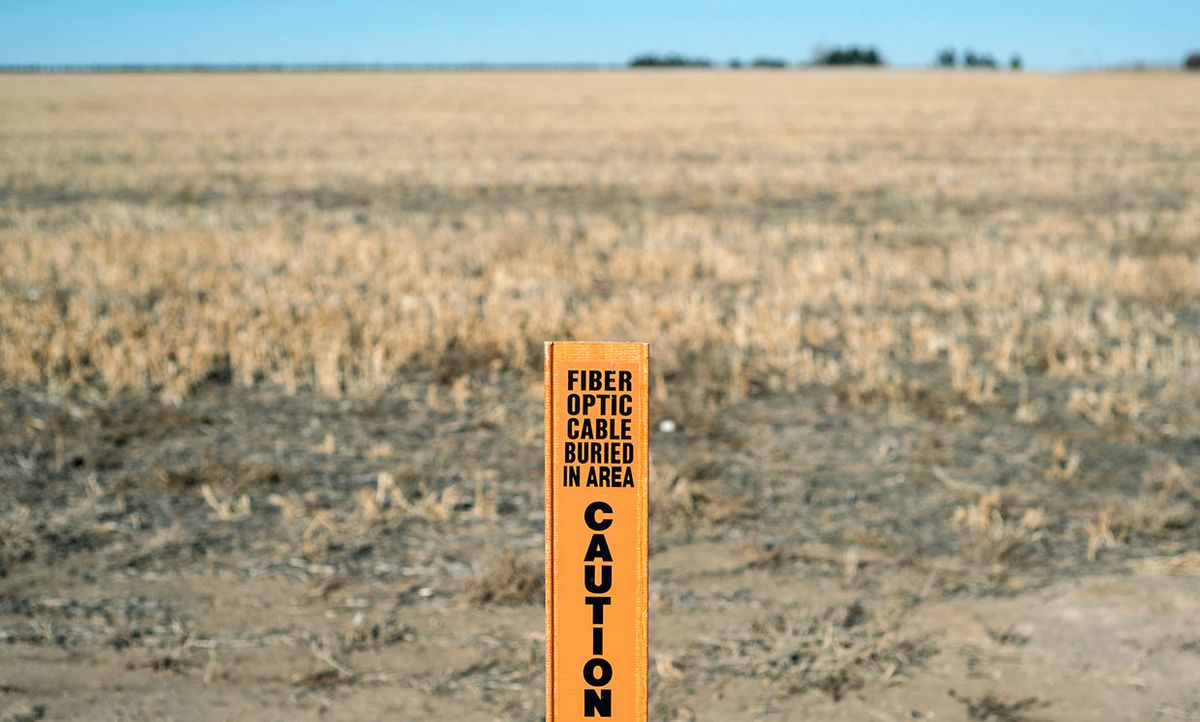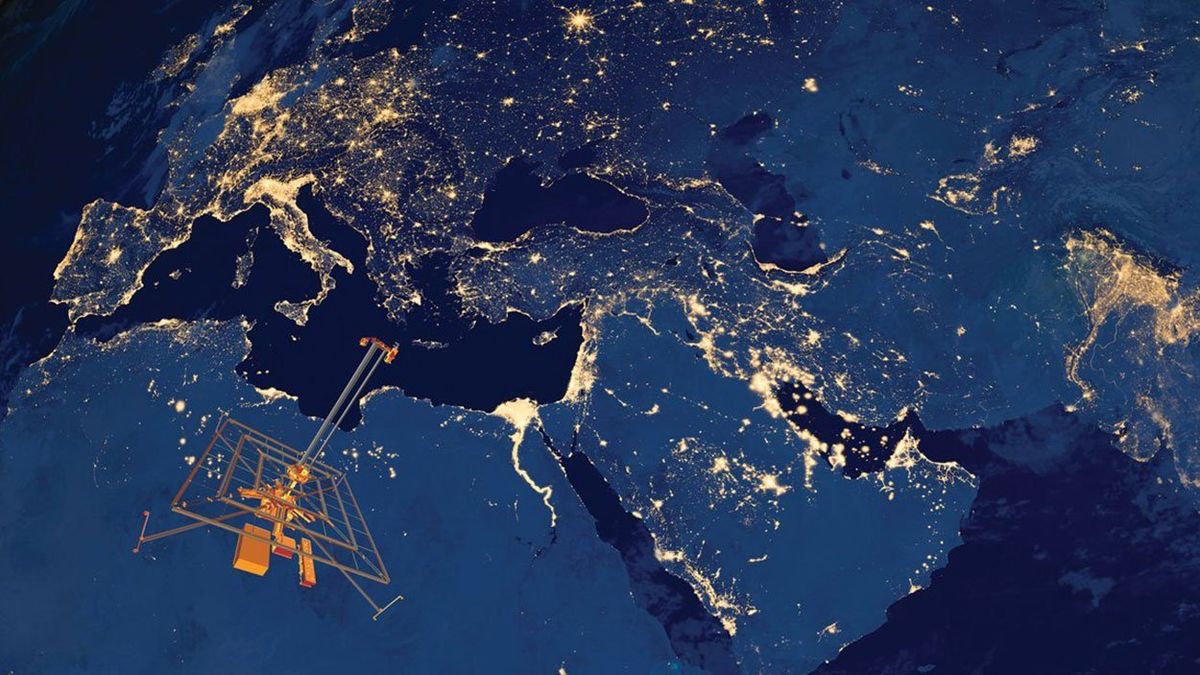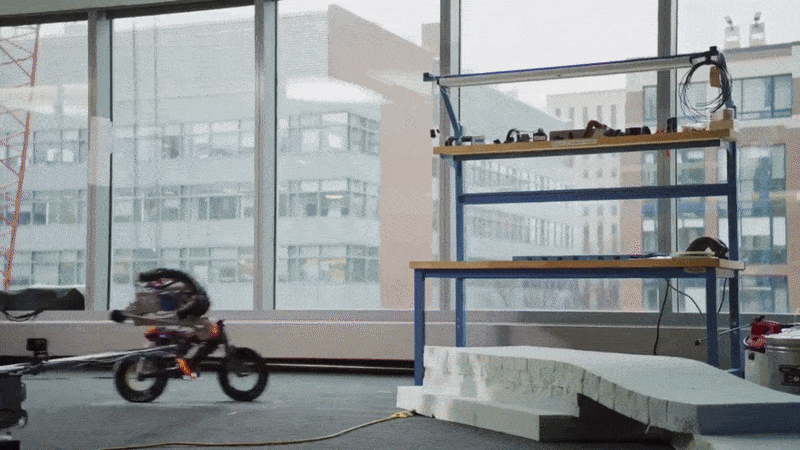The U.S. Federal Communications Commission has been prioritizing rural broadband deployment lately, as a big part of Chairman Ajit Pai’s push to close what he refers to as America’s digital divide. That a divide exists is hard to deny. According to the FCC itself, 97 percent of Americans in urban areas have access to high-speed fixed service, while only 65 percent of rural Americans can say the same (and on tribal lands, that number drops to 60 percent).
A big part of the reason why a lower percentage of the rural population has access to high-speed service is the economics of laying fiber. Simply put, it costs less to lay fiber along downtown city blocks than to string fiber between ranches that are miles apart. And given that a ranch will almost always have many fewer users than a city block, the return on investment for rural areas rarely looks enticing to service providers.
To incentivize rural broadband development, the FCC on Friday announced that it will invest US $20.4 billion over the next decade to close the digital divide. That money will come from multiple initiatives, including a reverse auction that has already allocated close to $1.5 billion to allow providers to bring broadband to more than 700,000 rural locations in 45 states. The FCC has also established the Mobility Fund, which will provide $4.5 billion over 10 years to bring 4G LTE wireless service to rural areas.
The money the FCC is allocating is intended to serve as an incentive to commercial providers, allowing them to build out rural infrastructure without investing in it themselves. As to how providers will accomplish that goal, there are a few available options.
The most obvious, of course, is fiber. But as previously mentioned, fiber is expensive. It requires burying ducts underground through which the fiber will be threaded. And if the distance is long enough, repeaters must be installed at regular intervals to boost the signal and prevent it from decaying too much. Such installations can cost up to $14,000 per kilometer (about $22,000 per mile)—which, again, is quite the investment to connect handfuls of farms in rural Nebraska.
Conceivably, the providers bringing high-speed connections to rural regions could also use fixed wireless techniques. They could, for example, install a series of antenna towers and beam data wirelessly from tower to tower rather than send it through optical fiber underground. While it’s cheaper to install towers than dig tunnels, this option comes with a heightened risk of service disruptions due to bad weather, or poor service because of tower placement. There’s also an inherent increase in latency, because a signal has to be received and rebroadcast at each tower rather than cruising straight through a fiber optic cable from start to finish.
It’s up to the winners of the FCC’s reverse auction—which functions pretty much like a regular auction, except that bidders bid down to see who is willing to take the least amount of money to complete the job—to decide how they’ll get the job done. Currently, the FCC considers 25 megabits per second to be high speed, though the agency says more than half of the rural locations being targeted can expect 100 Mb/s, and nearly one in five can expect gigabit-per-second Internet speeds.
When the results of the auction were first announced in October 2018 [PDF], some of the biggest winners said they would rely on satellite coverage or lay optical fiber. But 8 of the top 10 providers planned to build out fixed wireless infrastructure in the regions for which they had won bids.
With so many providers fixated on fixed wireless, the FCC will need to supply enough spectrum to make the companies’ plans possible. The FCC’s other big Friday announcement was for another auction for 5G spectrum. Previous 5G auctions have made spectrum in the millimeter-wave range available; the latest auction will continue that trend, making 3,400 megahertz of spectrum available in the 37-gigahertz, 39-GHz, and 47-GHz bands. The aim is to take advantage of one of 5G’s biggest promises: the high speeds it will enable.
FCC Commissioner Jessica Rosenworcel voiced her disappointment at the FCC’s latest auction plans. In a statement [PDF], Rosenworcel said that the United States is currently alone in its plans to emphasize millimeter-wave coverage for 5G, while other countries are emphasizing lower spectrum bands as a critical component of providing high-speed, low-latency 5G coverage.
Other countries are focusing their 5G deployment on so-called midband spectrum—that is, opening up frequencies in the 1- to 4-GHz range (roughly the same point in the wireless spectrum as Wi-Fi). “The truth is, when it comes to midband spectrum, we are not just behind, we are no longer even running in the same race as the rest of the world,” Rosenworcel said.
If the government fails to open up more midband spectrum, the service providers seeking to use fixed wireless technology to bring high-speed service to rural America could really struggle to provide anything much better than the current 25 Mb/s minimum connection speed. Signals in the 37-to-47-GHz range simply can’t propagate far enough to make it economically feasible to cover a large area—they would require towers less than a mile apart.
To close the urban-rural digital divide will require significant investment, to be sure. But what still needs to be determined, it seems, is whether that can be accomplished with fixed wireless—or given the FCC’s lack of attention on midband spectrum, require carriers to go all in with fiber optic cables.
Michael Koziol is an associate editor at IEEE Spectrum where he covers everything telecommunications. He graduated from Seattle University with bachelor's degrees in English and physics, and earned his master's degree in science journalism from New York University.



